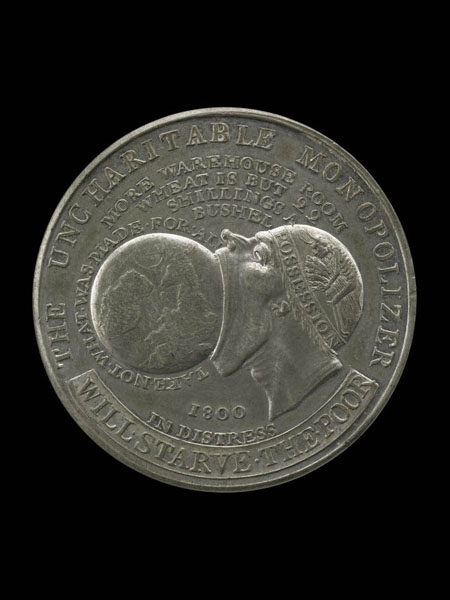The medal as a medium of art was rediscovered during the Renaissance. Many of the rulers of Italy’s city states were mercenaries, soldiers of fortune who had achieved wealth and power on the battlefield. Educated in the fashionable new schools of the humanists, inspired by the poet Petrarch’s belief in “the pure radiance of the past”, they longed for dynastic and political legitimacy and sought to claim it by attaching themselves to the myths and legends of classical antiquity. The Caesars of old had been depicted in profile on their coins and medals, so that was how the Italian soldier-rulers of the fifteenth century decided that they should be portrayed too. Piero della Francesca painted the thin-lipped despot of quattrocento Rimini, Sigismondo Malatesta, in profile as if he were a Roman emperor on an intaglio gem or medal. He adopted the same formula in his famous portrait of Federigo Montefeltro, ruler of Urbino, posing him in a red pillar-box hat above the rolling hills of his Umbrian fiefdom.
The court artist of the d’Este in Ferrara, Antonio Pisanello, went one step further and revived the antique medium of the portrait medal itself. In his hands, the portrait medal became a powerful tool of dynastic propaganda. On one side of the medal, the ruler or his bride would be depicted in the standard profile pose. For the other side, Pisanello would invent some subtle device, an allegorical pattern, rather like the emblems of heraldry, meant to symbolise the powers and virtues of the man or woman to whom the medal was dedicated – a rock for steadfastness, an eagle for far-sighted calculation, a unicorn for chastity.
The British Museum has a strong collection of medals by Pisanello. So it might seem surprising that none should have been included in...


